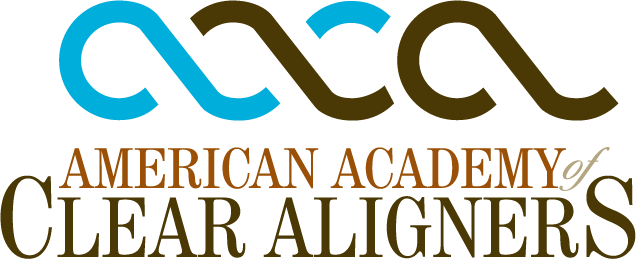Braces In North York Toronto, ON
Braces are systems made of wires and brackets and attached to your teeth to slowly and gently move your teeth into the proper positions. Braces come in different forms, depending on the severity of your issues. The two most common types of braces are metal braces and clear braces. Similar to metal braces, the main difference is that the brackets are clear, making them less visible. The brackets are made from materials such as ceramic or sapphire.
The Benefits of Braces
When teeth are misaligned or crooked, it may be more difficult to care for your smile and may be easier for decay and bacteria to sink in. When your teeth are crooked, it may make it harder to brush and floss properly and bacteria and plaque can begin to build up and cause further issues to develop. Once your smile is straightened, it will be much easier to clean your smile and free it of plaque and tartar that have been building up.
For the vast majority of orthodontic patients, wearing fixed appliances (commonly called braces) will be a major part of treatment — and those braces, for the most part, will be the familiar silvery-metal type. But while they're still quite popular, traditional-looking metal braces are no longer the only game in town!
Metal Braces: Typically made of high-grade stainless steel, traditional metal braces remain by far the most common type of fixed orthodontic appliances.
Ceramic Braces: Clear ceramic braces are a new variation on the traditional system that provides a far less noticeable method of treatment.
Lingual Braces: In some situations, special appliances called lingual braces can be placed on the tongue side of the teeth.
Orthodontic treatment at Astra Dental can be used to:
- Straighten teeth
- Correct bite irregularities
- Bring teeth and lips into proper alignment
- Close unsightly gaps
- Foster proper jaw growth in children
Braces for Children and Adolescents
Orthodontic treatment can resolve a number of bite problems, which often become evident by around age 7. These include underbite, crossbite or excessive overbite, where upper and lower teeth don't close in the proper position; open bite, where a space remains between top and bottom teeth when the jaws are closed; and crowding or excessive spacing, where teeth are spaced too close together or too far apart.
To correct bite problems, teeth need to be moved — but doing that isn't as hard as you might think! Teeth aren't fixed rigidly in their supporting bone; instead, they're held in place by a hammock-like structure called the periodontal ligament, which is very responsive to forces placed on the teeth. Orthodontic appliances move teeth by careful application of light, constant pressure. This force can be applied via metal wires that run through small brackets attached to the teeth (braces), or via the semi-rigid plastic of clear aligners.
Having orthodontic treatment in childhood is ideal in order to take advantage of a youngster's natural growth processes to help move the teeth into proper alignment. Like the rest of the body, the teeth and jaws are now changing rapidly.

